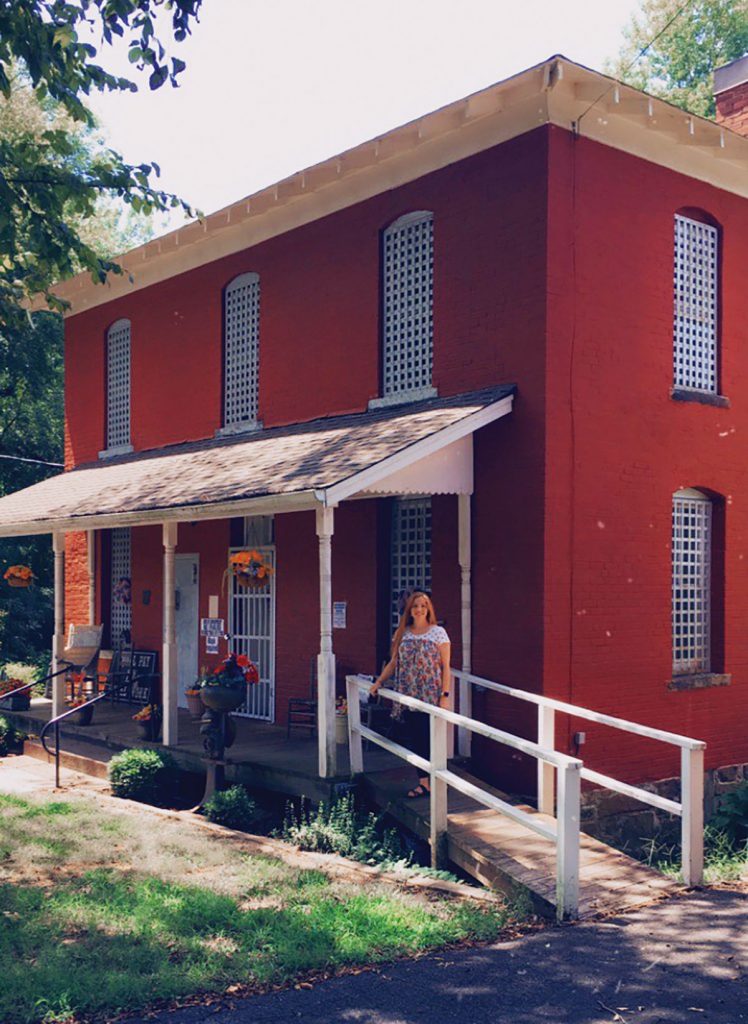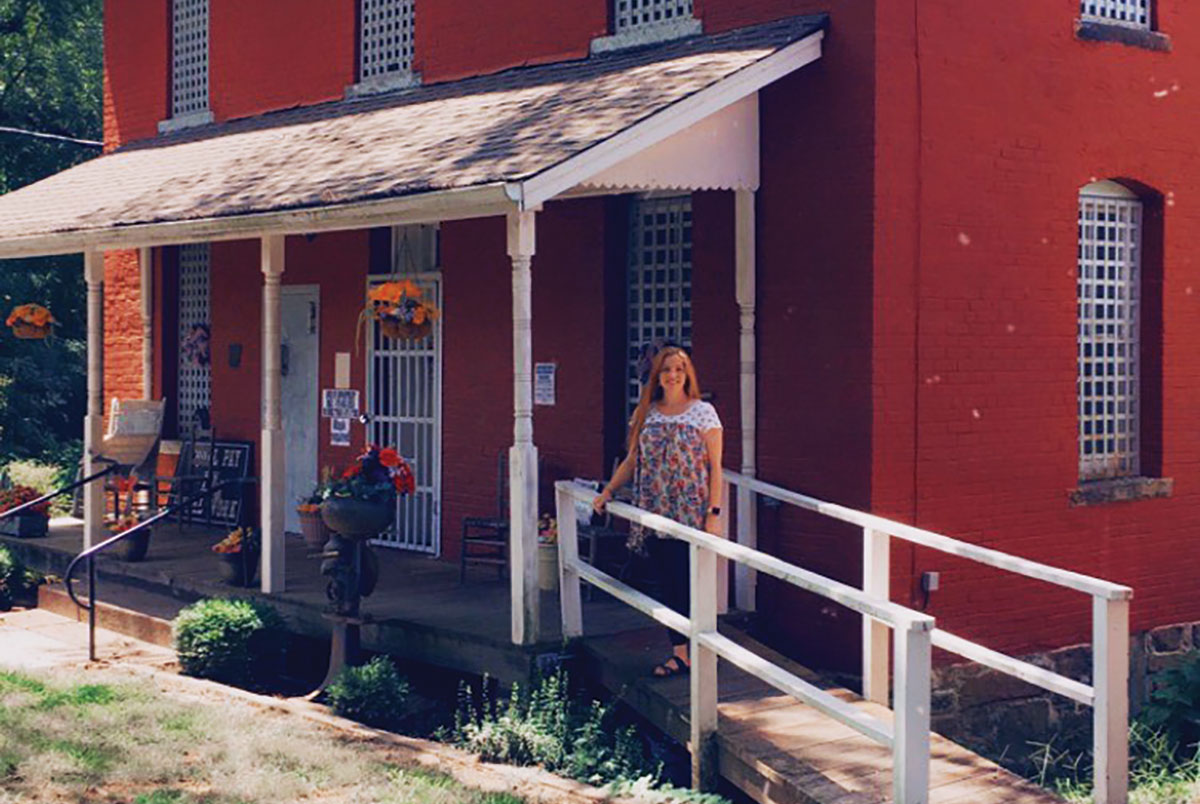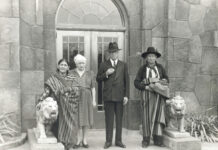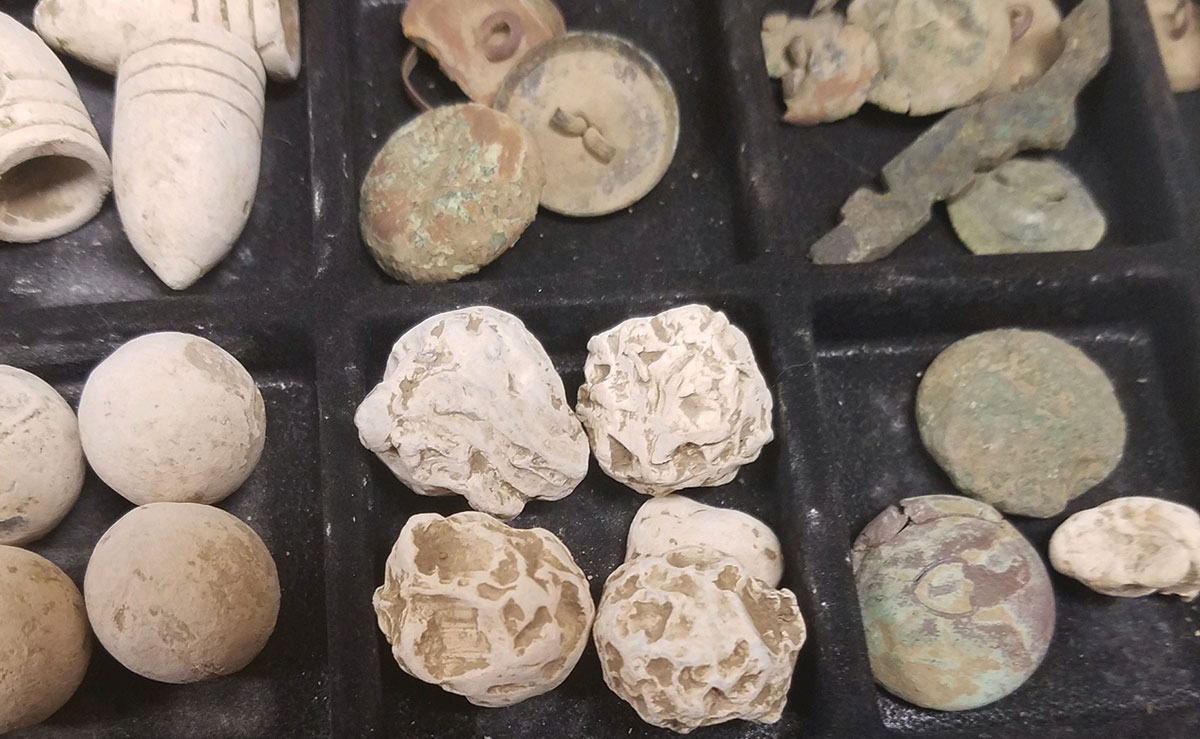
Logan County, Ark., group maintains a museum that continues to evolve
In 1871, a small log building serving as the first Logan County, Ark., county jail was built on Red Bench where the county seat remained for only a year.
This area is approximately six miles southeast of Paris, Ark. The consensus was that the area needed defined county boundaries.
A commission was formed and tasked with locating the county seat and taking steps to develop the area. The commission had chosen an area called Ellsworth, east of Subiaco, though many disagreed. After an election in 1874, the county seat moved to Paris and led to the construction of a new log jail just north of the current Paris square. However, that building started to deteriorate with “bandaid” solutions helping until 1886 when a larger, more modern facility was needed.
New information about this third jail was discovered by retired nun Sister Hildegard, who volunteers as an archivist at the Logan County “Old Jail” Museum and serves as the association’s president. When going through boxes of stored and forgotten items, she came across information that indicated the third location near the courthouse. That building was used as a jail until 1903.
Records indicate stones from the third jail were used to construct the foundation for the new one, a brick two-story duplex located high on a hill so that confined prisoners would be well above street level.
The facility housed prisoners until 1971 when it was considered no longer adequate and unsafe for prisoners. A gallows was reconstructed next to the jail as part of the museum’s development when a committee made up of Extension Homemakers’ Club members received approval for developing the museum. The group eventually became the Logan County Museum Association.
Amber Mikles serves as the LCMA treasurer and works as the librarian at the Gattis Logan County Library. In one of those twists that only history can create, her husband Eric’s third great-grandfather, James Garner, was the first Logan County Sheriff and among the most notable of the county’s historical figures.
An important figure in the jail’s history is Arthur Tillman who was the last legally hung person in Arkansas. Perhaps working as a local hired hand, he and Amanda Stephens were sweethearts who used to leave notes hidden on a road. One day, Amanda was found in the bottom of an old well covered with rocks. Closer examination proved as she had been shot in the head with a .22 and was pregnant. Arrested in 1913 for murder and several appeals later, Arthur was found guilty and hung on July 4, 1914.
“Time sometimes brings new opinions,” Amber explained. “Because of a lack of hard evidence, some now speculate one of the parents or another relative may have actually committed the crime.”
The museum is filled with a variety of displays. Most have been created by museum director Jeanne Reynolds. Upon entering, an array of 18 photos of the 23 Logan County sheriffs demands attention. Amber recently found another photo, that of W. C. McCubbin, who served as sheriff just prior to J. P. Grady for two years.
Other displays include jail-related exhibits, the history of old schools with memorabilia, and railroad development, including artifacts such as a railroad tie. Equally important is a display of the old Smith Hospital containing paintings of the old doctors, medical equipment and logbooks.
Funds for the museum come from a small county stipend used to help with supplies and repairs, membership dues at different levels, donations and fundraisers. The biggest fundraiser of the year takes place just prior to Halloween and is entitled Logan County’s Hayride through History. Visitors climb into a hay wagon where they are greeted by a museum narrator dressed in period clothing who introduces the visitors to various historical personalities with the roster changing annually.
In a process known as living history, these personalities or “spirits” come out of hiding and share their stories. Some of the previous personalities have been Dizzy and Daffy Dean of baseball fame and the notorious Belle Starr. Other fundraising efforts typically include participating in Springtime in Paris, a July 4 Patriotic Program including a free lunch, and Frontier Day in early October with reenactments, shootouts and putting someone in jail. Unfortunately, the coronavirus has eliminated these programs this year which has Amber looking at a variety of grants to help with the shortfall.







